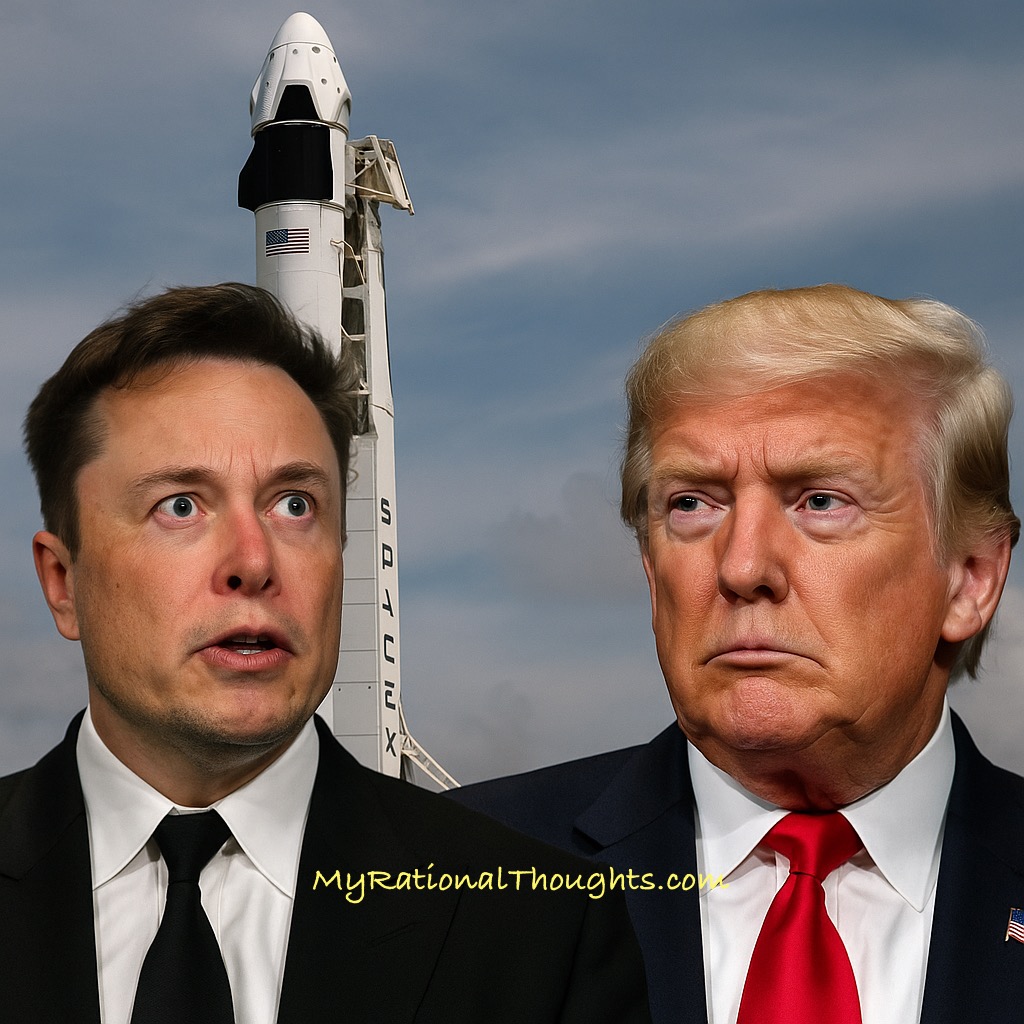
Rice is a dietary cornerstone for over half the world’s population, providing affordable, accessible energy for billions. Yet, with the escalating global burden of type 2 diabetes, questions are being asked about how staple foods like rice influence blood glucose control—especially among those at risk of, or living with, diabetes. As a clinician, I aim to clarify what the evidence tells us about rice, glycaemic response, and practical dietary strategies, using current clinical research and guidance.
Blood Sugar Regulation: A Brief Overview
Blood glucose is tightly controlled by the interplay of carbohydrates, insulin secretion, and tissue sensitivity. When we eat carbohydrate-rich foods, they are digested into glucose and absorbed into the bloodstream. In healthy individuals, insulin (produced by the pancreas) helps shuttle this glucose into cells, keeping blood sugar levels within a healthy range. For those with impaired insulin function or insulin resistance (as in type 2 diabetes), glucose can build up in the blood, leading to postprandial (after-meal) hyperglycaemia.
The Glycaemic Index and Types of Rice
The glycaemic index (GI) classifies carbohydrate foods based on how rapidly they raise blood sugar. The scale runs from 0 to 100; higher values indicate a faster, more pronounced glucose spike.
- White Rice: Typically GI 70–90; rapidly absorbed and associated with quick post-meal glucose elevations【1】.
- Brown Rice: GI 50–60; contains more fibre and nutrients, resulting in slower, steadier glucose release【2】.
- Basmati Rice: Medium GI (50–58), particularly if prepared with minimal processing or served with other whole foods【3】.
International diabetes guidelines—including those from Diabetes UK and the American Diabetes Association—advise favouring low-to-moderate GI carbohydrates, particularly for individuals managing blood sugar.
What Does the Clinical Evidence Say?
A growing body of research highlights the impact of rice on blood sugar and diabetes risk:
- Postprandial Blood Glucose: A 2021 study in Nutrients compared white rice and whole grains in people with type 2 diabetes. White rice led to mean blood sugar increases of 20–30 mg/dL (approx. 1.1–1.7 mmol/L) at two hours post-meal, significantly higher than wholegrain alternatives【4】.
- Long-Term Diabetes Risk: The 2012 Journal of Nutrition meta-analysis followed over 350,000 individuals across multiple cohorts and found that those consuming five or more servings of white rice weekly had a 17% higher risk of developing type 2 diabetes than those consuming less than one serving per week【5】.
- Cultural Variation: Notably, the association between rice consumption and diabetes risk is most pronounced in Asian populations—likely reflecting both higher baseline rice intake and genetic predispositions【6】.
Beyond the Rice: Portion Size and Meal Composition
While rice’s GI matters, so too do portion size and overall meal composition:
- Portion Control: Large servings, especially when eaten alone, will almost always provoke higher blood sugar peaks. NHS guidelines typically define a standard serving as 150–180g cooked rice (around one cup)【7】.
- Pairing with Other Foods: Eating rice with fibre-rich vegetables, lean protein, and healthy fats helps blunt the glucose response. This slows digestion, promotes satiety, and supports glycaemic control【8】.
- Cooking Methods: Allowing cooked rice to cool (as in salads) increases resistant starch content, which can modestly lower its GI and may improve metabolic response【9】.
Practical Recommendations for Diabetes Patients and the Public
- Choose Wholegrains: Substitute white rice for brown rice, wild rice, or other whole grains when possible. This supports better glycaemic control and delivers more micronutrients.
- Watch Portions: Limit rice to 1 cup (cooked) per meal, balancing with non-starchy vegetables and protein.
- Combine Wisely: Pair rice with beans, pulses, fish, or lean meat to slow absorption.
- Optimise Cooking: Try cooking, cooling, and reheating rice to increase resistant starch.
- Physical Activity: Regular exercise improves insulin sensitivity and helps control post-meal blood glucose spikes.
- Monitor and Personalise: If you have diabetes, monitor your blood sugar response after meals to tailor your diet accordingly. Consult a healthcare professional for personalised advice.
Conclusion
Rice is a nutritious, versatile staple, but daily consumption—especially of white rice—can lead to notable blood sugar spikes in susceptible individuals. The clinical data is clear: both the amount and type of rice matter, as do how you prepare and serve it. By choosing wholegrain varieties, moderating portions, and eating balanced meals, most people can continue to enjoy rice as part of a healthy diet without compromising blood sugar control.
As always, individualised guidance from your healthcare provider or dietitian remains essential, especially if you have diabetes or are at risk.
References
- International Tables of Glycaemic Index and Glycaemic Load Values: 2021. Diabetes Care 44(3): 2021.
- Wolever TM, et al. The glycaemic index of foods: an overview. Int J Food Sci Nutr. 1991;43:215-227.
- Foster-Powell K, et al. International Table of Glycemic Index and Glycemic Load Values. Am J Clin Nutr. 2002;76:5-56.
- Bao J, et al. Glycaemic impact of white rice in type 2 diabetes. Nutrients 2021;13(8):2666.
- Hu EA, Pan A, Malik V, Sun Q. White rice consumption and risk of type 2 diabetes: meta-analysis and systematic review. BMJ. 2012;344:e1454.
- Nanri A, et al. Rice intake and type 2 diabetes risk: The Japan Public Health Center-based Prospective Study. Am J Clin Nutr. 2010;92:1468-1477.
- NHS Live Well: The Eatwell Guide. NHS.uk, 2024.
- Jenkins DJA, et al. Effect of combining low GI foods with proteins and fats on glycaemic response. Diabetes Care. 1982;5(4):415-419.
- Bird AR, et al. Resistant starch and its benefits to health. Nutrition Bulletin. 2012;37(2):165-188.
Written by Dr Krishna Nair, CCIO and Director of Quality and Innovation. www.InnovateHealthConsulting.com



